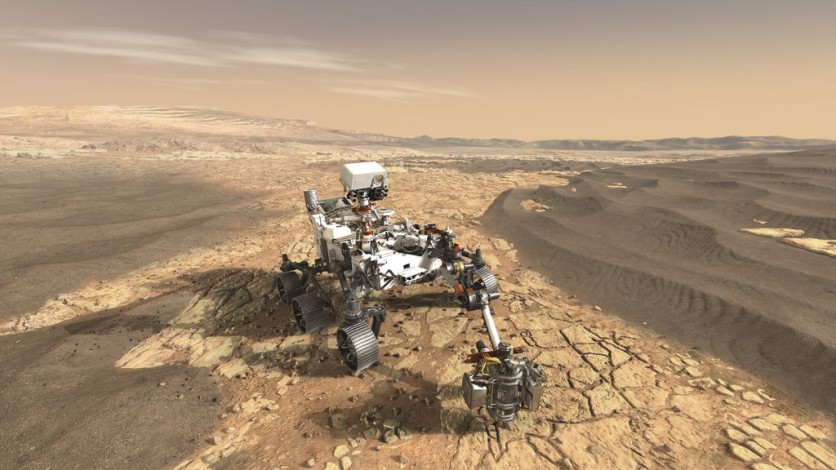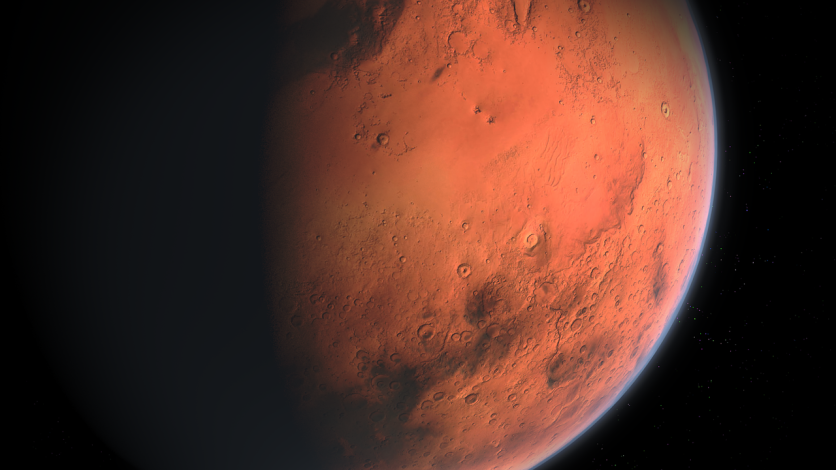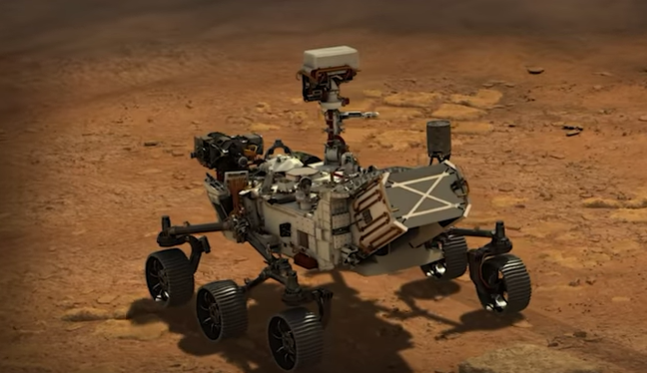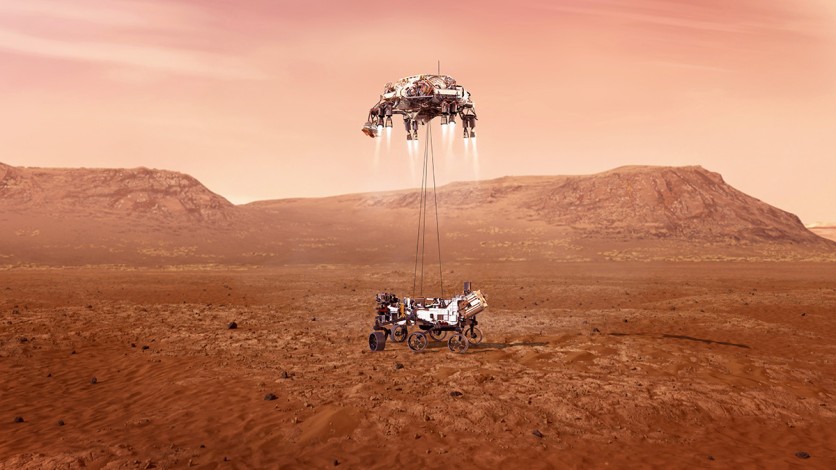NASA's Mars Perseverance Rover has already landed on the Red Planet's surface and has been spending its early days to examine and collect samples to learn more and discover if there is water there.
However, it would not be possible for the rover to continue its work if it is not using a heavy-duty CPU that can withstand the extreme atmosphere on Mars.

This is why the Mars Perseverance Rover was created with an almost 20-year-old PC component that hails from the 1998 iMac, initially used for the early days of home computers from Apple.
The CPU is revealed to be the PowerPC 750 CPU which is best known as the RISC components which the Cupertino giant utilized before its partnership with Intel.
The myth of older technology is more robust and heavy-duty compared to the modern era might be proven true in the case of the Perseverance Rover's hardware and technology, as it utilized a phased-out technology.
The use of old components is an ideal utilization even for modern space technology as they are mostly subject to extreme weather conditions and other foreign exposures.
Read Also: Elon Musk: Tesla FSD Q2 Release 'For Sure,' Says Buying Is Better Than Subscription Service!
NASA's Mars Perseverance Rover: 1990 iMac CPU

According to the New Scientist, the use of older versions of a now phased out CPU is ideal for Mars' atmosphere, especially as it does not have the ozone layer that filters the rays of the Sun upon planet entry. The full strength of the Sun's light is fatal to humans, and could even melt or destroy internal components of the rover.

For this reason alone, the scientists have chosen to utilize old CPU components to power spacecraft and extraterrestrial objects to withstand grueling space conditions which would most probably destroy modern ones.
Moreover, it is known that the PowerPC 750 RISC CPU can take on this kind of situation as previous versions of rovers and spacecraft use the same or equal tech.
BAE Systems has used the PowerPC 750 design and upgraded it to "RAD 750" which is the actual CPU used on the Perseverance rover and can withstand heat and radiation from the Red Planet. The Sun is not the only known factor that can damage a computer, or in this case, a rover, while on its mission on a foreign planet and in space.
NASA Perseverance Mars Helicopter: Can Android Smartphones be There Too?

According to PC Mag, the Mars Helicopter that came with the Perseverance Rover is like a mini-computer that can be controlled off-planet and remotely, and small computers of the modern generation are smartphones.
In this case, several smartphones can perform as much like the Mars Helicopter and do their job when sent to Mars.
Qualcomm's Snapdragon powers the Helicopter, particularly the 801, which are fitted on mid-range to flagship smartphones of the different companies here on Earth.
Smartphones like the Samsung Galaxy S5, OnePlus One, LG G3, and the HTC One M8 are a few of those devices that can function like the Mars Helicopter and deliver the same performance.
Related Article : NASA Perseverance Rover Sends Landing Video, Plus Audio From Mars Finally Released
This article is owned by Tech Times
Written by Isaiah Alonzo




